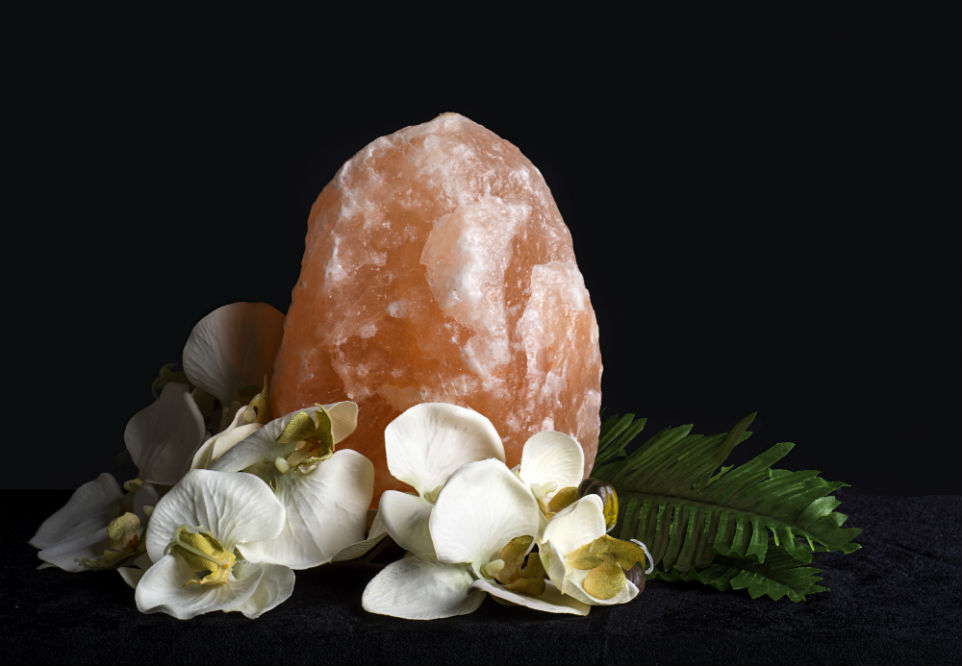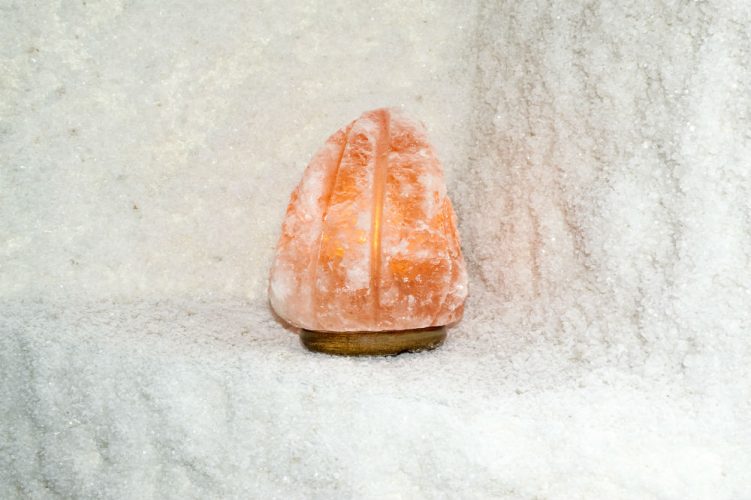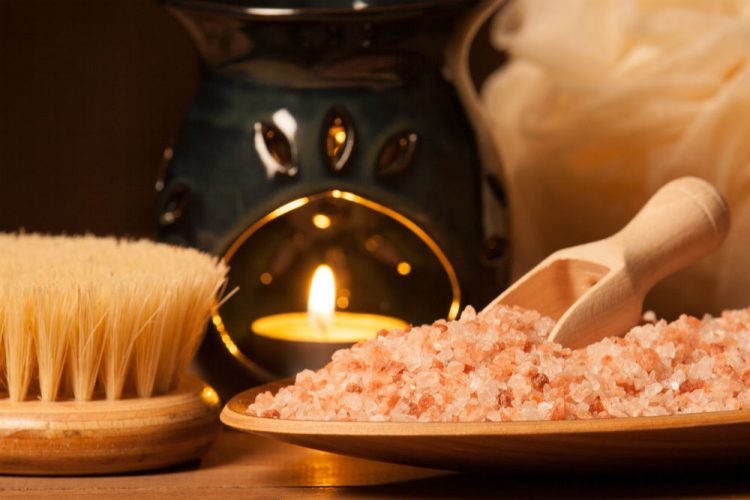Salt lamps are used by persons who have allergies or those who suffer from respiratory ailments. While the lamp’s colors vary, a white lamp is unlikely because they are way more expensive. Sometimes, though, your lamp may turn white naturally, and you may wonder “why is my salt lamp turning white?”
There are several answers to the question, and no one answer is perfect. Before the details and the reasons are explained, though, it is important to understand how the lamp works, how it is designed, and the material that it is made of.
Additionally, you should also understand pricing and how to determine whether a lamp is genuine or not. It seems that the question is a frequently asked one. This article will help to answer some of the questions that are related to the now-famous Himalayan salt lamp.
How is a Salt Lamp Made?
The salt lamps are hand-carved out of Himalayan salt crystals. These crystals are found on the edge of the Himalayan mountains in Pakistan. The salts are pink, so the color of the lamps vary between a light pink and orange because of the mineral concentration.
The salt blocks are usually hollowed out at the center, and electrical connections are installed so that it can be outfitted with a light bulb, allowing the lamp to emit heat and light energy at the same time. The salt must also have a bulb installed in order to turn it into a functioning lamp.
How Does It Work?
Salt molecules tend to attract water molecules. That being said, imagine the number of water molecules that a huge block of salt will attract to itself. The lamp attracts water molecules in its atmosphere as water vapor. The water molecules then carry pollutants, and the salt helps to trap these pollutants making the air around you cleaner.
The bulb, on the other hand, keeps the lamp heated. This heat helps to dry the salt, so the cycle of trapping your air pollutants in water is repeated. Therefore, people believe that using a salt lamp helps to make the air around them cleaner.
Besides air purification, a salt lamp is also believed to have anti-inflammatory and antibacterial functions. It is said to help cause a reduction in electromagnetic radiation, ease allergies, and respiratory symptoms, and act as a mood booster and a promoter of sleep.
The lamps balance positive and negative ions, which results in a reduction or elimination of airborne infections. Additionally, the salt is also used in inhalers to bring relief to respiratory conditions. The glow of the lamp is known to be soothing as well as calming. This acts to improve moods and help to promote better quality sleep.
Why is My Salt Lamp Turning White?
Generally, salt lamps are low-maintenance lamps. There should be nothing that goes wrong with the lamp since it is basically a block of salt with a light on the inside. Each of the minerals contained in the salt has a unique crystalline structure that refracts light in the different colors that we see them.
For that reason, we are left to wonder: why is my salt lamp turning white? Is it because the lamp that you purchased is not genuinely made from Himalayan salts?
It was mentioned before that the lamp attracts atmospheric water. This means that the lamp is hygroscopic. When the water that the salt lamp traps evaporate, naturally, the ionic bonds that remain will leave a crusty residue that may be described as salt or calcium.
When these accumulate on the surface, however, it causes the salt lamp to appear white in color. The composition of the lamp has not changed, only its physical appearance. Salt lamps that are used in environments of high humidity will also have a white build up on it.
As such, you should avoid using your lamp in your bathroom, a sauna, or even leaving it in an unfinished basement. If it disturbs you that your salt lamp is turning white, you should wipe the lamp with a damp cloth. Using a damp cloth would not damage the lamp as the lamp is water-soluble.
The damp cloth should be sufficient enough to remove the top layer without causing damage to your lamp. Your cloth should also not be too damp, and under no circumstances should you attempt to rinse your lamp under a tap. Whether you clean your lamp or not, it will generally be unaffected by the white emerging layer and will still give you that amber glow.
Is Your Salt Lamp Fake?
Despite claims that salt lamps are genuine, some may be counterfeited products. A genuine salt lamp is not that durable due to its natural components. So, if you drop it, you are most likely going to damage the salt crystal.
A fake Himalayan lamp has a very bright light, makes no mention of Pakistan, and is very water-resistant. While it is possible for a Himalayan salt lamp to have a white crystal, it is rare and considered a very expensive find. If your white crystal salt lamp is cheaper than the amber salt lamps, it is also most likely fake.
Conclusion
A true Himalayan salt lamp is supposedly composed of the remnants of the sea. The lamps are able to illuminate your surroundings and are ideally purchased for the health benefits that they tend to derive mainly from the ability they have to decrease air pollution.
So, if your salt lamp is turning white, there is no need for you to worry. Your lamp just needs to be cleaned with a damp cloth. Wiping the lamp not only helps to clean the developing outer white layer, but it also helps to remove dust from your lamp.
Some general maintenance will be necessary to keep your lamp in an excellent condition. Naturally, the lamp tends to sweat, and some lamps may or may not fade. If your lamp does not sweat at all, it can be that your lamp is a fake Himalayan salt lamp!
If your lamp tends to turn white quickly, it could mean that you have your lamp in a room that is too humid. In the long term, this can cause the salt in your lamp to dissolve and leak into your lamp holder.
If this happens, you may need to purchase a new lamp or adjust the environment that your lamp is in. It is also a clever idea to ensure that you purchase a lamp that is connected to its base, just for safety purposes.



